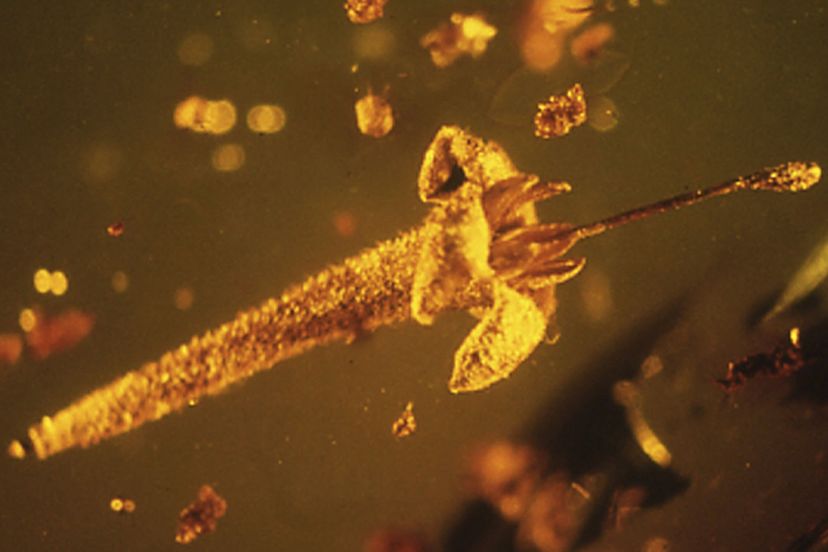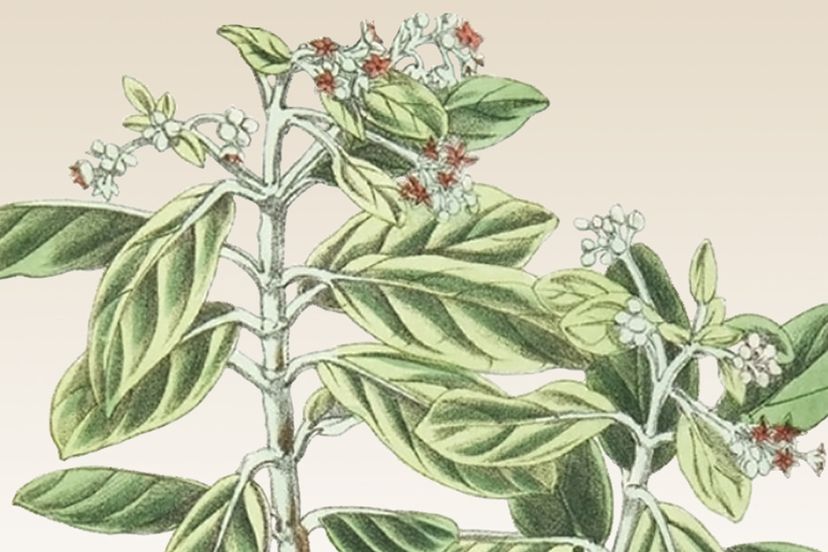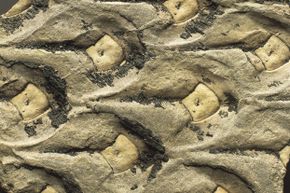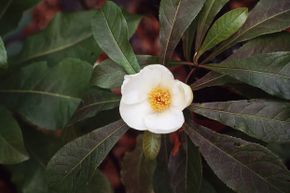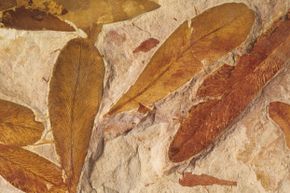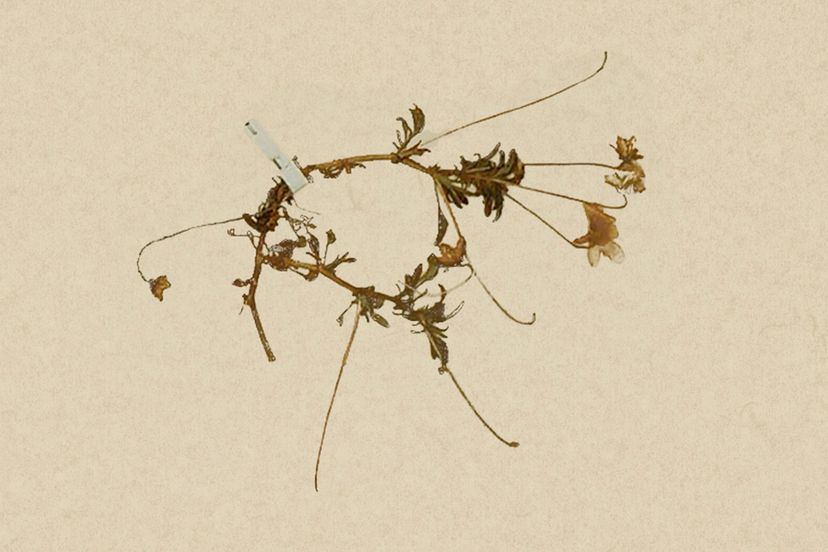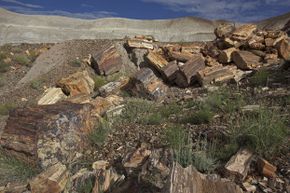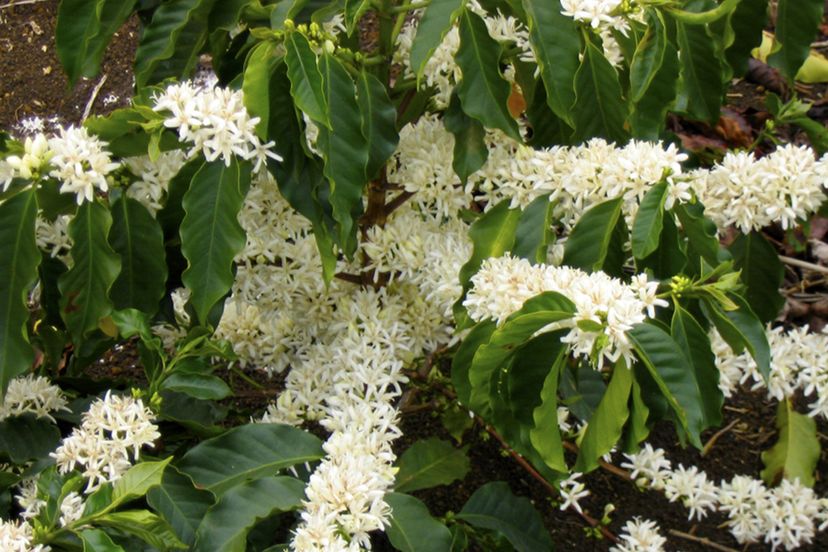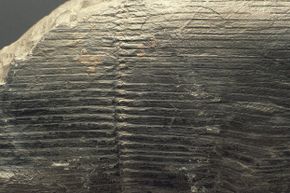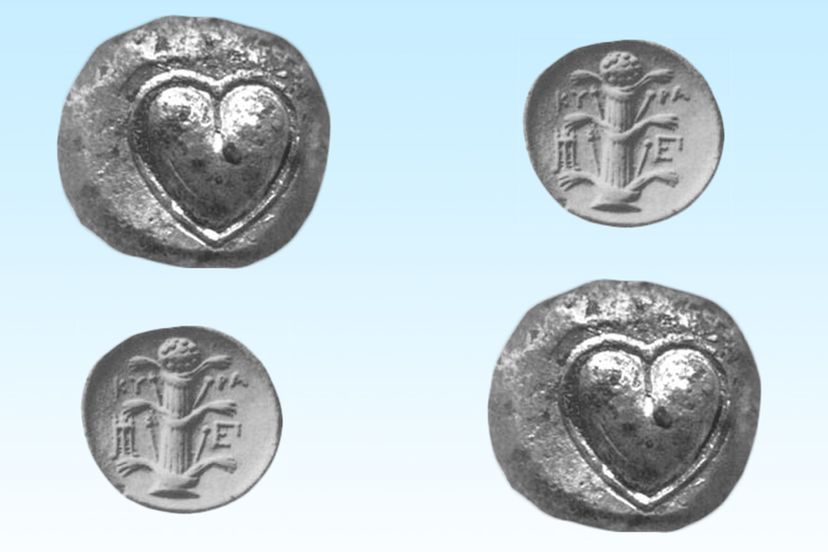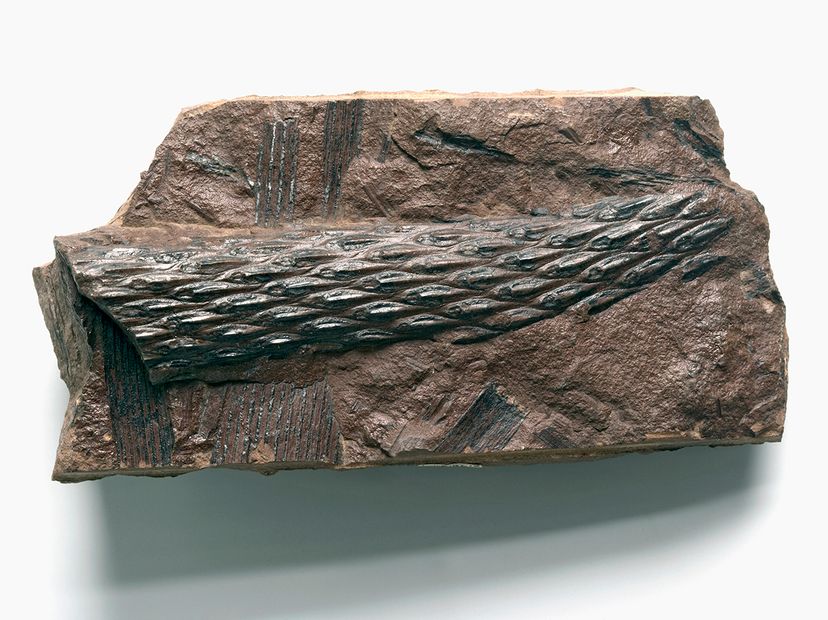
Key Takeaways
- Various fascinating plants have become extinct due to natural and human-related causes.
- Some plants that have disappeared over the centuries include Strychnos electri, the St. Helena olive and silphium.
- The potential consequences of plant extinction include the loss of possible medical treatments and the impact on ecosystems.
When it comes to extinction, plants just don't get as much attention as animals: It's always "save the whales" this or "save the rhinos" that. Sure, those species are important, and we should do everything we can to ensure they're around for future generations; however, there are many, many plants that are just one drought or disease away from being wiped off the face of the Earth. Maybe if people just knew a little more about the amazing plants we've already lost, a slogan like "save the Western Underground Orchid" might soon show up on a bumper sticker near you.
So what makes a plant go extinct? Some risk factors are natural: The type of soil plants need to grow, the organisms they rely on to survive, and the ways they reproduce or spread their seed can all affect their ability to stick around. Humans are to blame for other causes, including loss of habitat or pollinators, in addition to the introduction of competing species, diseases and pests. People might also collect endangered plants food or medicine [source: Forest Service].
Advertisement
Today, these threats have put at least 22 percent of plants at risk of extinction, with some species reduced to fewer than 100 specimens in the wild [sources: Jowit, Dasgupta]. So what's the big deal? Maybe nothing — or maybe we might lose a plant that can cure cancer. With that sobering thought in mind, let's look back at some of the plants we've already lost.
